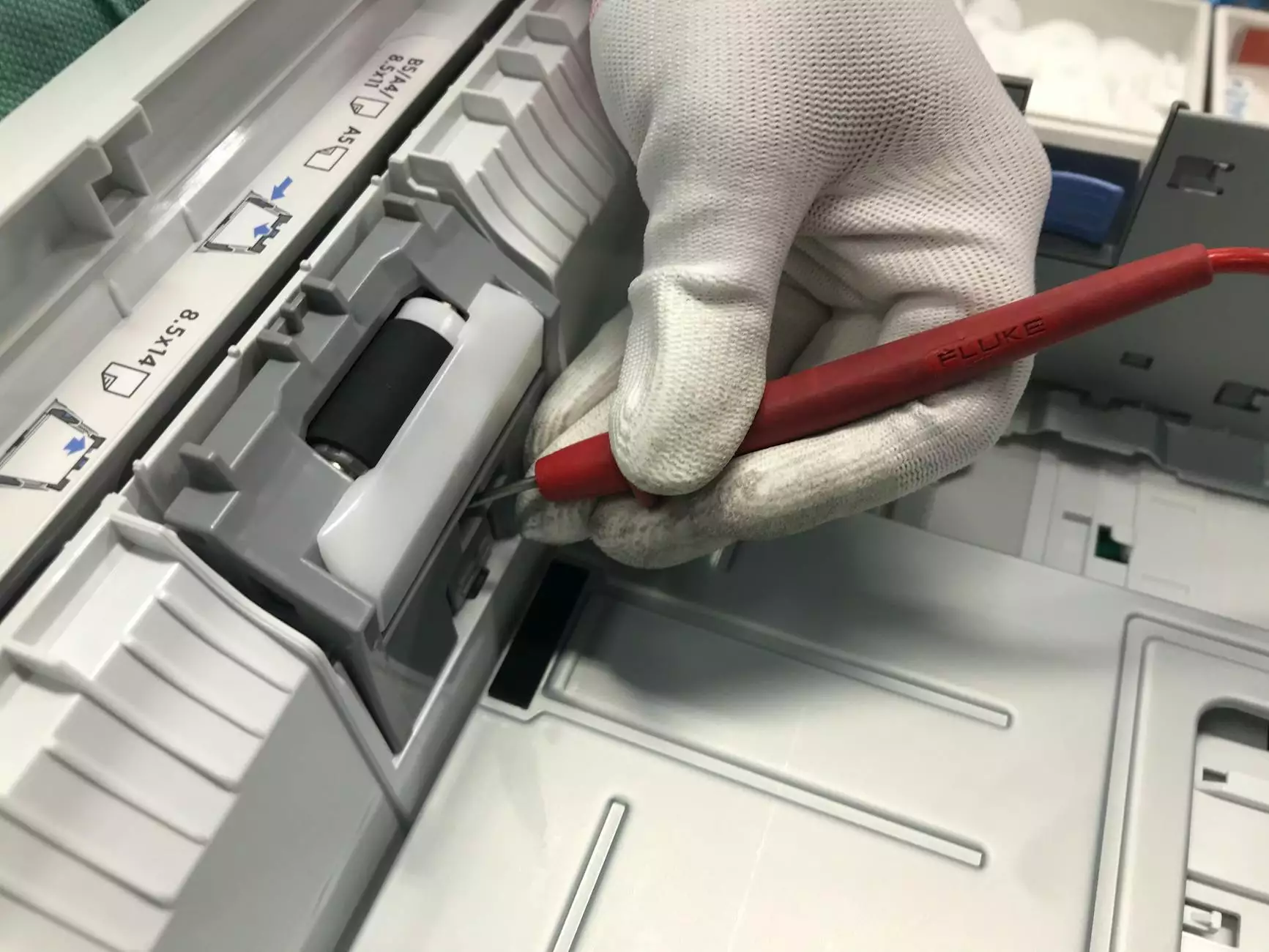Understanding Reverse Osmosis Purifiers: A Comprehensive Guide

Water is essential for life. In an age where the quality of water is continuously assessed, ensuring clean and safe drinking water is crucial. A reverse osmosis purifier stands out as one of the most effective technologies for water purification, removing impurities and ensuring that the water you consume is of the highest quality. This article delves into the various aspects of reverse osmosis purifiers, their functioning, benefits, and much more.
What is a Reverse Osmosis Purifier?
A reverse osmosis purifier uses a membrane technology to purify water by removing contaminants. The process involves applying pressure to force water through a semipermeable membrane that allows water molecules to pass but blocks larger molecules and impurities, including salts, bacteria, and other harmful substances.
The Importance of Water Purification
Water quality is a major concern for households and businesses alike. Contaminated water can lead to severe health issues, making the role of effective water purification systems more significant than ever. A reverse osmosis purifier not only enhances the taste of your drinking water but also safeguards against harmful pathogens and substances.
How Does Reverse Osmosis Work?
The reverse osmosis process can be outlined in several key steps:
- Pre-Filtration: Before water reaches the reverse osmosis membrane, it typically goes through pre-filters to remove larger particles and chlorine, which can damage the membrane.
- Semipermeable Membrane: This is the core component of the reverse osmosis system. The membrane allows only water molecules to pass through while filtering out contaminants.
- Post-Filtration: After the water has passed through the membrane, it may go through additional filters to further enhance the purity and taste of the water.
- Storage Tank: The purified water is then stored in a tank until it is needed for use.
Benefits of Using a Reverse Osmosis Purifier
There are numerous advantages to employing a reverse osmosis purifier in your home or business:
- Removal of Contaminants: This technology removes up to 99% of harmful substances, including heavy metals, fluoride, and chlorine.
- Improved Taste and Odor: Not only does reverse osmosis purify water, but it also enhances its taste by removing impurities that contribute to bad flavors.
- Cost-Effective: Although the initial installation might seem significant, the long-term savings from purchasing bottled water and maintaining a healthier lifestyle are substantial.
- Convenience: Having a reverse osmosis system at home means you always have access to clean, great-tasting water without the need to go to the store.
Applications of Reverse Osmosis in Various Industries
The versatility of reverse osmosis purifiers makes them invaluable across various sectors:
- Residential Use: Homeowners use reverse osmosis systems to ensure clean drinking water for their families.
- Restaurants and Cafes: Food and beverage establishments utilize these systems to provide high-quality water for cooking and making drinks.
- Industrial Applications: Numerous industries, including pharmaceuticals and electronics, require high-purity water for manufacturing processes.
- Aquariums: Hobbyists use reverse osmosis for maintaining appropriate water conditions for aquatic life.
Choosing the Right Reverse Osmosis Purifier
When selecting a reverse osmosis purifier, consider the following factors:
- Water Quality: Assess the specific contaminants present in your water supply to choose a system that targets them effectively.
- System Capacity: Depending on your household or business needs, evaluate the daily filtration capacity of the unit.
- Maintenance Costs: Understand the ongoing costs associated with filter replacements and system maintenance.
- Brand Reputation: Opt for reputable brands with positive customer reviews and reliable customer support.
Installation and Maintenance of Reverse Osmosis Systems
Installing a reverse osmosis purifier might require professional help, but here are some general guidelines:
- Select Location: Identify a convenient location for the system, typically under the kitchen sink.
- Follow Instructions: Ensure that you carefully follow the manufacturer’s installation guide.
- Check for Leaks: After installation, check all connections for leaks to ensure proper functioning.
- Regular Maintenance: Replace filters according to the manufacturer's specifications, typically every 6 to 12 months.
The Future of Water Purification: Trends and Innovations
The field of water purification is continually evolving. Future trends include:
- Smart Technology: Integration of IoT devices to monitor water quality and system performance in real-time.
- Advanced Filtration Techniques: Development of more efficient membranes that can filter a wider range of contaminants.
- Sustainability Focus: Systems designed to use less water during the filtration process, contributing to environmental conservation.
Conclusion
In conclusion, a reverse osmosis purifier is not just a luxury; it is a necessity in today's world, where access to clean water is paramount. At bimakskimya.com.tr, we offer a comprehensive range of water purification services, ensuring that every business and household can enjoy safe, clean water. Invest in a reverse osmosis system today, and take a significant step toward a healthier lifestyle.
Contact Us
For more information on our water purification services, water suppliers, and water stores, please visit bimakskimya.com.tr or contact us directly. Experience the best in water quality with our top-of-the-line reverse osmosis purifiers!









